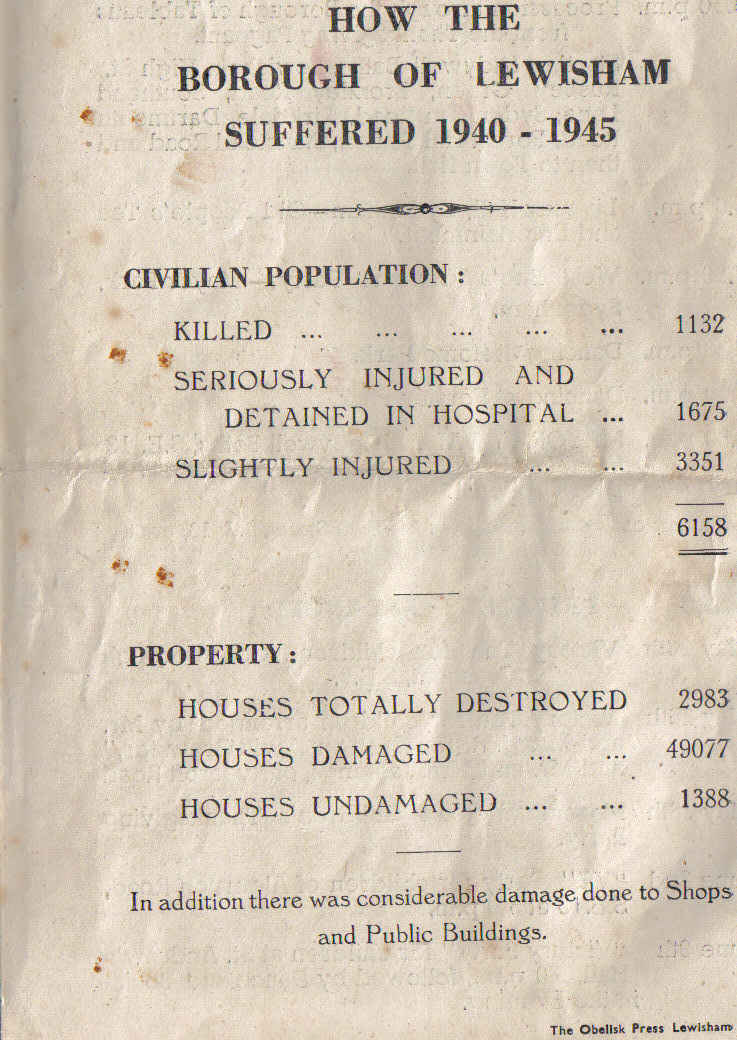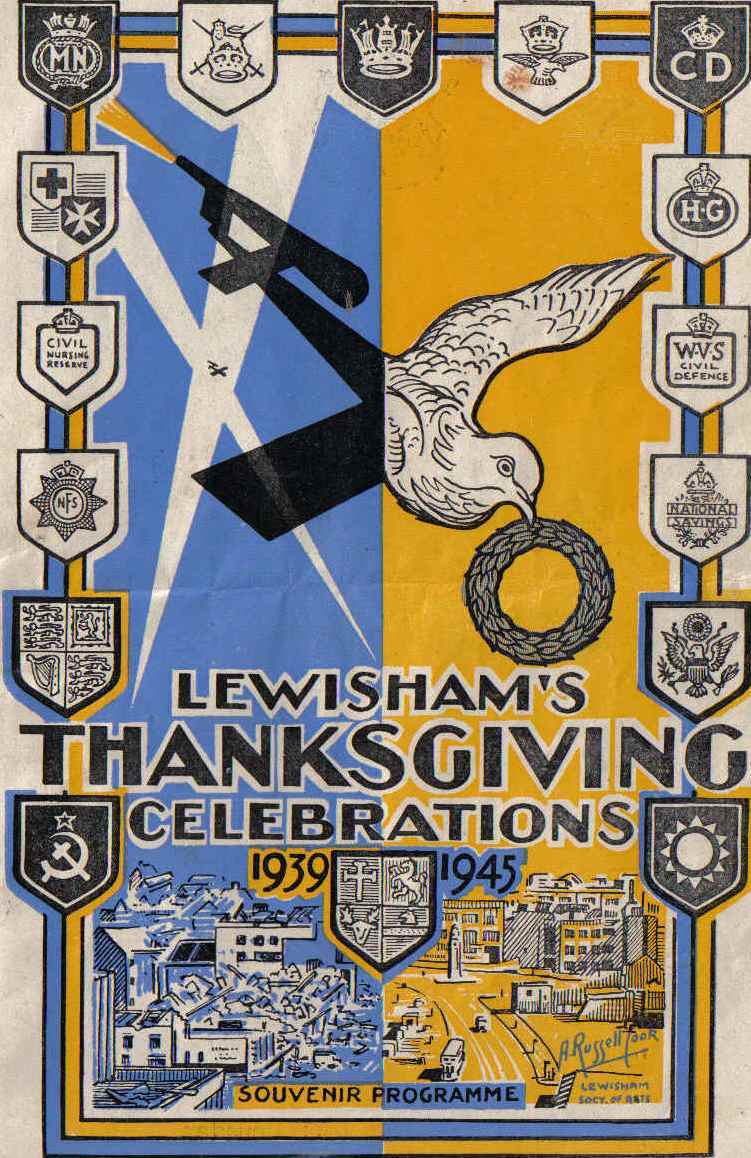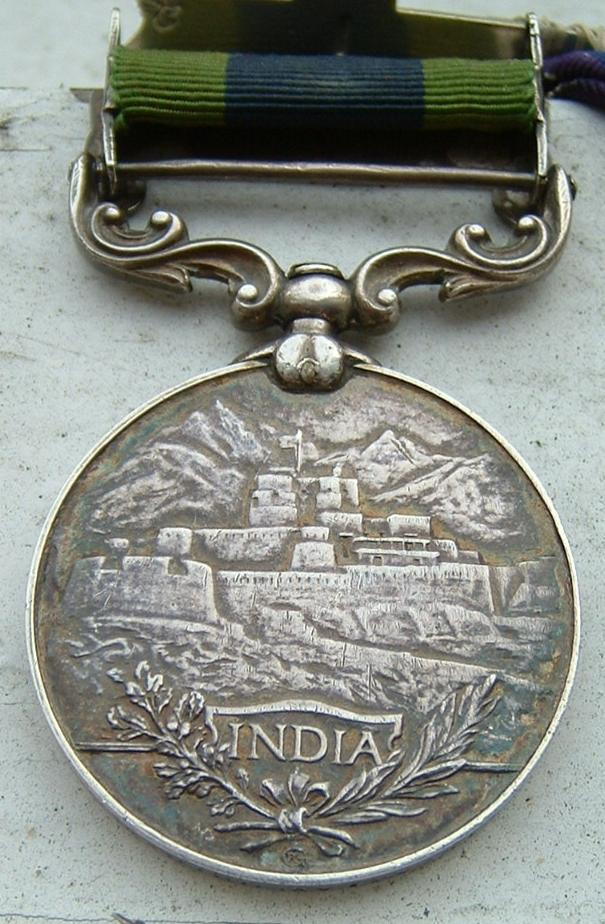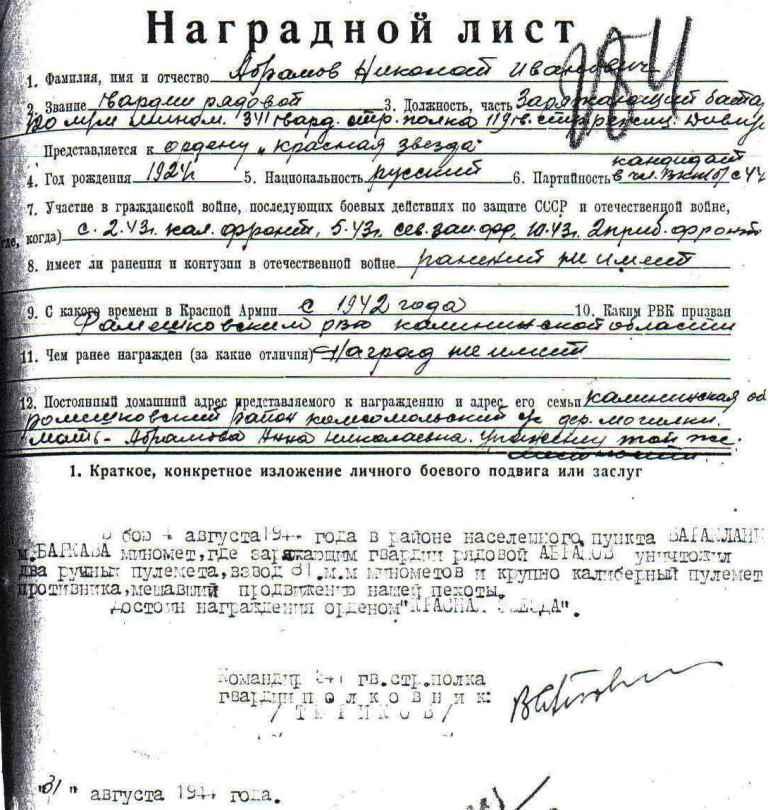-
Posts
312 -
Joined
-
Last visited
Content Type
Profiles
Forums
Blogs
Gallery
Events
Store
Posts posted by deptfordboy
-
-
Good stuff - a welcome addition to the team IMO.
Cheers
Gilbert
0 -
Wow a Victory to a DCM winner is a very good result for your first foray into Brit medals - keep it up! Let us know if research brings up further info.
Cheers
Gilbert
0 -
At last I have taken a half decent snap of the stamp and catch for comparison - does this change things at all? I can see similar characteristics with both styles both posted by John, however the stamp is much deeper...
Any thoughts?
Cheers
Gilbert


 0
0 -
And here's a link to a review of the book I mentioned which quotes Churchill's and the US point of view in terms of Switzerland.
0 -
Interestingly it also mentions in this documentary that the Swiss would shoot down allied planes that strayied into their airspace, I`d be very interested to know if they did the same in Nazi planes? If this is the case, then this doc, is floored, if they didn`t then this is another case, for the Swiss have a lot to answer for. But then again so do the Spanish or Portuguese!!!!
Hi BJOW,
There is a lot of misinformation floating around concerning the Swiss and their role in WW2. A good introduction is a book called "Target Switzerland", which outlines the situation the Swiss found themselves in:
Totally surrounded by hostile powers who showed no respect to neutrality and lacking resources, the Swiss played a strategy of armed neutrality devised by General Guisan, their Chief of the Armed Forces. There was no love lost between the Germans and the majority of the Swiss, and several plans were drawn by German High Command to invade. However, through swift mobilisation and the threat to blow up vital communications such as the Gotthard tunnel, the Swiss made themselves a sufficiently 'prickly' target to avoid these plans being put into action.
During the war, the Swiss did not allow incursions into their airspace by either Axis or Allies, and in fact they shot down 11 German aircraft, so whatever documents your programme alluded definitely sound flawed or downright false. The book I mention is a bit of a 'whitewash' on the side of the Swiss, portraying them all as brave freedom-lovers (I am half Swiss and know there were some Nazi sympathisers amongst the German population), but I would equally be suspicious of those who try to demonise them as Hitler's stooges.
This certainly wasn't the way they were viewed after the war: Churchill in particular felt the Swiss were owed a debt of gratitude for their resistance and treatment of interned soldiers and airmen during WW2.
Cheers
Gilbert
0 -
Thanks Tony, it's always great to hear personal experiences from those who lived through it. I have now dug out this pamphlet "The Battle of South London". It's published in late 1944, and focuses on the impact of the V1 attacks, prior to the increased horror of the V2's.
Leigh, I think it mentions the incident you had in mind: according to the pamphlet, the greatest number of casualties suffered from the V1 campaign resulted from one landing in Lewisham High Street during the peak shopping period (Friday morning), before the alarm could be sounded. 51 people were killed and 216 injured, quite a few of whom subsequently died from their injuries. Here's an extract from the description of this terrible scene:
"The flying bomb...almost demolished a popular chain store (that'll be M&S, I'm guessing). Customers and shop assistants were buried in the debris...People remaining on their feet near the spot where the bomb fell had the clothes stripped from their bodies by the blast. Other passers-by had their clothes set on fire. Rolls of cloth were taken from shop windows to wrap round those whose clothes were on fire, to extinguish the flames. Old age pensioners, drawing their money from a Post Office nearby, were amongst those injured."
Hard to imagine as one walks past the pound shops and chain stores of grubby modern Lewisham, but this was the third most bombed London borough back in WW2.
Cheers
Gilbert
0 -
Fascinating posts guys, it's good to know there's interest in the Home Front! I can only imagine the impact of a V2 in a crowded urban environment, and it's interesting to see how many buzzed over - I was always under the impression that, it being so late in the war, only a few were acutally launched as a gesture, but if they had been pumping them over at that rate a few years earlier, things might have been very different... thank God it wasn't the case!
The pamphlet I own is entitled "The Battle of South London": dated around 1944 was published by the proprietors of 3 South London Newspapers ?Crystal Palace Advertiser,? ?South London Advertiser,? and ?West Norwood Times?.
The bomb damaged places included in this publication are Croxted Road, Dulwich ? Spa Hill, Upper Norwood ? Lordship Lane by Towney Road ? Penge High Street ? Knights Hill showing Furneaux Avenue ? Elmers End Road, Anerley ? South Norwood Hill ? York Hill ? Anerley Hill, Upper Norwood ? Forest Hill ? Lewisham High Street ? The Alexandra Public House In Gibbon road S.E 15. ? Costa Street, Peckham ? Wyndham road, Camberwell ? Lower Sydenham ? Gibbs Square ? Auckland Road ? Lovelace Road ? Norwood Road ? Lordship Lane ? Ivydale Road ? Radnor Street ? Brockley Rise ? Moore Road, Upper Norwood.
I can do lookups if anyone is interested, it has pictures of the devastation as well which I will scan at some point.
Tony, I would love to hear more of your Nan's stories over a pint and a poppadum, see you in Feb!
Gilbert
0 -
[
I think a number of casualties in Lewisham were caused by a V2 landing on a cinema, were'nt they?
0 -
And here's the impact of the war in black and white: the figures show that you were far more likely to be directly affected by the war than not. I live near Lewisham and we recently had a surveyor in (who happens to be my neighbour) to look at some structural damage to our house, which turned out to be repaired bomb damage! Similarly, it's easy to spot the 'gaps' in Victorian streets where the period house was destroyed and replaced by a new one.
Cheers
Gilbert

 0
0 -
Evening Gents,
I'm not sure if this is the right section (if GMIC had a Home Front section then it would be!
 ), but I have got round to scanning something which brings into focus the impact of WW2 on the average Londoner.
), but I have got round to scanning something which brings into focus the impact of WW2 on the average Londoner. This is a programme from the Victory Thanksgiving festivities in Lewisham, Southeast London. It's in fact very rare and I have never seen another: it's printed on flimsy paper but has a rather nice depiction of the V1 morphing into the Dove of Peace, drawn by an illustrious member of the Lewisham Arts Society (founded in 1943 and still going).
It shows a stylised view of the very real destruction that Lewisham suffered during the blitz and the later rocket attacks: it's closeness to the Docks and its light industry facilities made it a tasty target.

 0
0 -
A later medal but I still find it a very evocative scene...
Gilbert


 0
0 -
I'm not sure but I think I read about this name in the Iron Time - they made high-end Ek's in WW1? I will try and check when I'm back home and Baby is in bed...
Gilbert
0 -
Hello
Actually this isn't true. I made a request to the Imperial War Museum in London to examine all of their Iron Crosses, whether displayed or not. The request was granted and I was left with the awards in a room and able to photograph them, handle them and examine them in detail. I can't speak for other countries museums, but here in the UK what you did at West Point is certainly possible.
Incidentally, the only RK that I was shown as being in their collection was a cased, unflawed, S&L. I'll dig out my photos and notes at some point, (they are still packed away somewhere having not long since moved house), as the one in the IWM has provenance from 1944 if I remember correctly.
Yes, I was thinking this also. If you introduce yourself properly, European museums are just as 'researcher-friendly' as the USA. Personally, I have had good experiences with the British Museum, who were happy for me to rummage around in their archives for Iron Age gold torques back in my student days, and with the Cantonal Museum in Zurich.
Gilbert
0 -
Classic thread! I can't boast anything as entertaining, but do have a BWM to a Pte Lurch...
...You rang? ...
Gilbert
0 -
Thanks for the help guys. When I get a chance I will try and blow up a detail picture of the Seitenegewehr.
Cheers
Gilbert
0 -
Super piece Gerd and once again with this Russian stuff there is an interesting story 'between the lines' ...
G
0 -
Hi Gents & a Happy New Year to All,
I have had this picture for years now as I like it. The chap looks very young and rather nervous - I assume this is of WW1 period? Beyond that, I would like to decipher more about this soldier but know very little about Imperial units, uniforms etc.
His shoulder boards (?) seem to be white and marked with a '3'. My guess would be that he is some sort of junior or cadet officer rather than an enlisted man. And the portrait was taken in Mainz. If anyone can help with identifying unit and rank that would bring him to life a bit!
Cheers,
Gilbert

 0
0 -
Wow, the story gets better and better, and you showed yourself a 'gent' in arranging the return of the medals to their rightful owner. Xmas has obviously come early to F/L trotman!
Cheers
Gilbert
0 -
Fantastic groups, thanks for sharing! Interesting that Lale had the India General Service Medal - could you tell me which bars as they are obscured by flash? Does anyone know the numbers of RAF who qualified for this medal? Can't have been awfully many, I suspect...
Gilbert
0 -
Whatever the precise subject, it's a nice piece, and knowing Dave he picked it up for a song! Incidentally, I think it may be older than 1928, pre-WW1 in fact. Could you post a detailed pic of the hallmark and I can confirm this at the weekend?
Cheers
Gilbert
0 -
Hi Dave,
Just my opinion, but this strikes me as being more masonic than military. I did a quick search and the double-headed eagle came up as an emblem of Scottish freemasonry - some of these images are a reasonably close match: http://altreligion.about.com/library/graph...doubleeagle.htm
Hope this helps, let me know what more you discover, as my curiosity has been aroused now!
Cheers
Gilbert
0 -
What a heartwarming story - thanks for sharing. A very generous gesture, quite the antidote to Ashcroft's recent posturing, IMO.
Gilbert
0 -
That's a great guide Dave, really clear and helpful, and also inspiring in terms of getting mroe research done!
Keep up the good work,
Gilbert
0 -
more scans - not much paperwork with this one...

 0
0




Order of Lenin #16963
in Russia: Soviet Orders, Medals & Decorations
Posted
Afternoon Gents,
I have picked up a few extra things for the collection over recent months, and thought I'd share some of the more interesting and research-worthy here. From looking at the 'Red Bible', I think this is a type Type 5, Variation 1 example, no 16963. You can see in the pic's that someone has tried to erase the number, but it's still visible. The number is reasonably low, so hopefully research will yield an interesting story.
Cheers
Gilbert